
I don’t watch TV. I haven’t watched TV since I was 16 and I stopped watching it because with my high school graduation exams and entrance exams to the university I physically had no time for it. That “preparation for exams” period lasted for almost a year and as we all know, we only need 40 days to create a new habit and 180 days for a habit to become “you”. Since I was well beyond 180 days period, TV’s and my way parted for good.
Having said that I notice that I have a struggle or, rather, an internal resistance, to plan a space for TV in my projects. I have clients who occasionally ask me for a TV in their bedrooms. Ladies and gentlemen, bedrooms are meant to be used for something else! Moreover, having a TV in the bedroom is counter-productive to a good night sleep, in other words, your health!
I have also met people who placed a TVs in hallways – seriously, how badly are you afraid of missing the latest news from Syria?
TV in a dining room – I know it is a tradition and we need to respect traditions but family gathering around a table, talking about their day rather than staring at “the box” is a much older and healthier tradition.
TVs in cafes (which, sadly, became so popular in Uzbekistan) is a story which requires a separate post but my 2 cents – you place a TV in a cafe when you have nothing else to offer other than a mediocre food paired with a mediocre entertainment. So what do you do? You place a TV on a height of 2 meters so everyone can watch it from any place.
Why am I writing this? Because I am working on an interior design of a small apartment and if not for TV, the space planning part would have been finished.
I am aware that people are different and we need to show tolerance towards each other. Moreover, the client’s wish is my command, so, what I think about TV is really irrelevant when it comes to someone else’s house.
P.S.: full disclosure requires me to honestly state that Internet is becoming as addictive as TV and I am guilty of this crime myself though I am working on it.
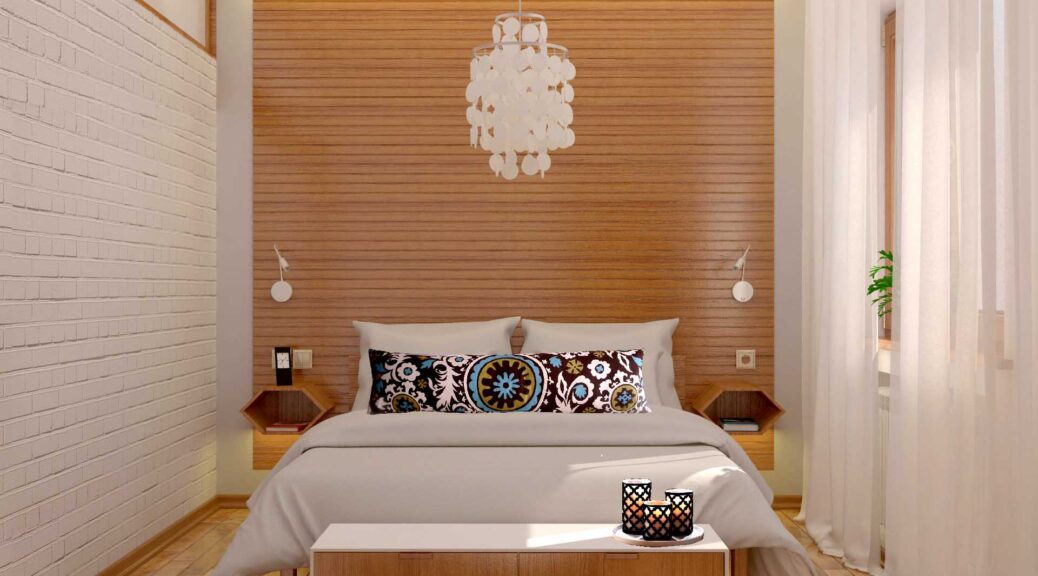
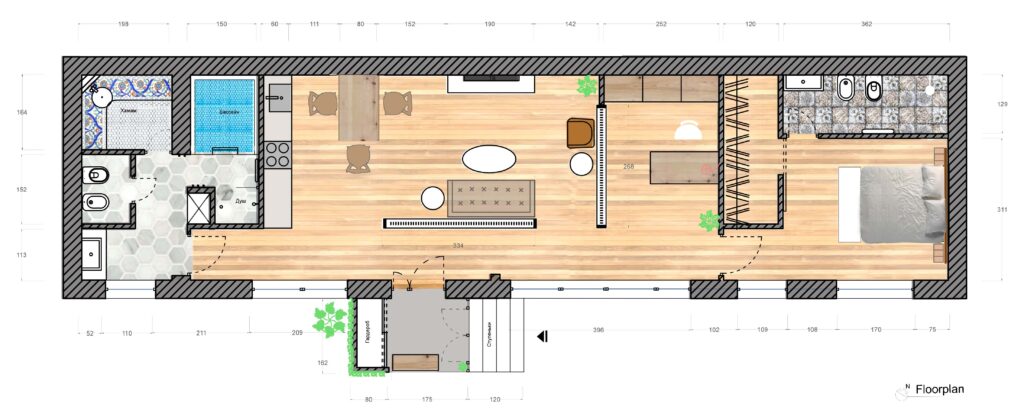
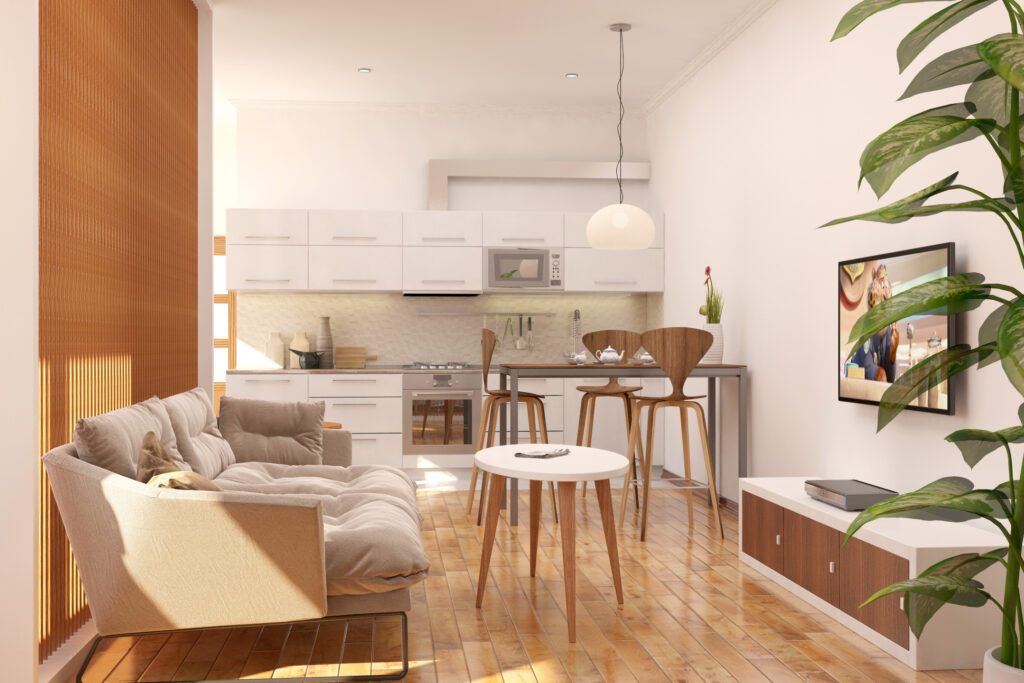
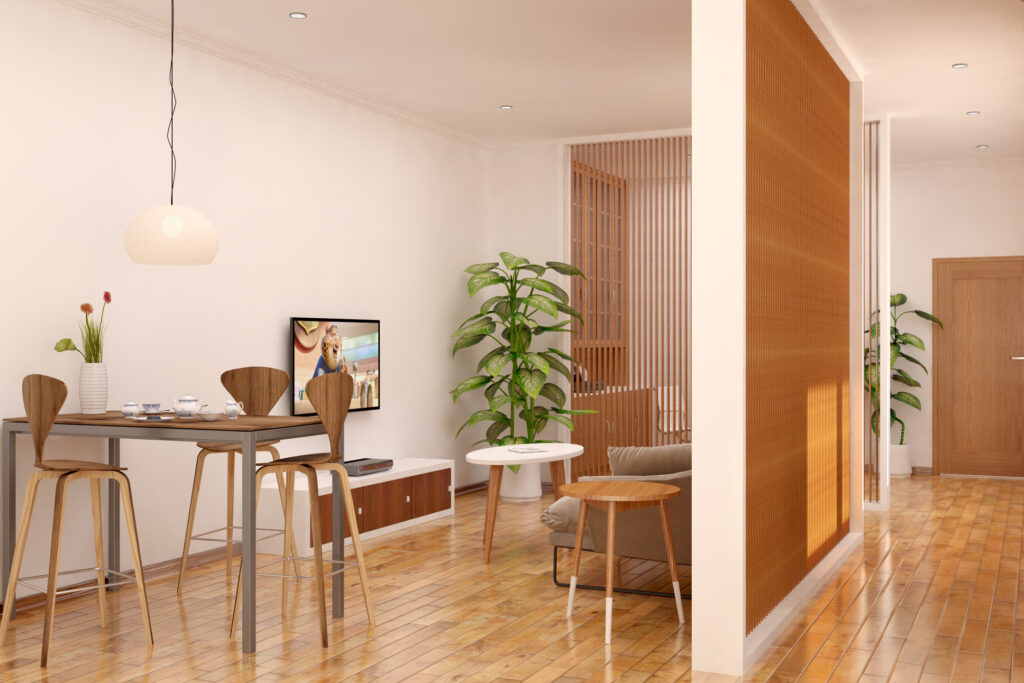
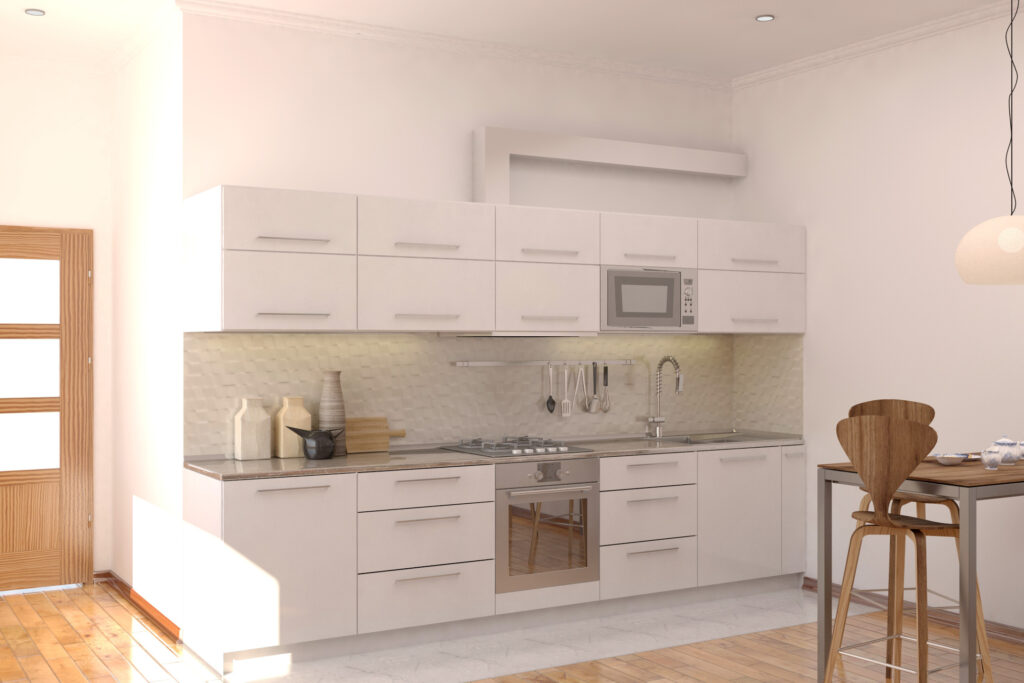
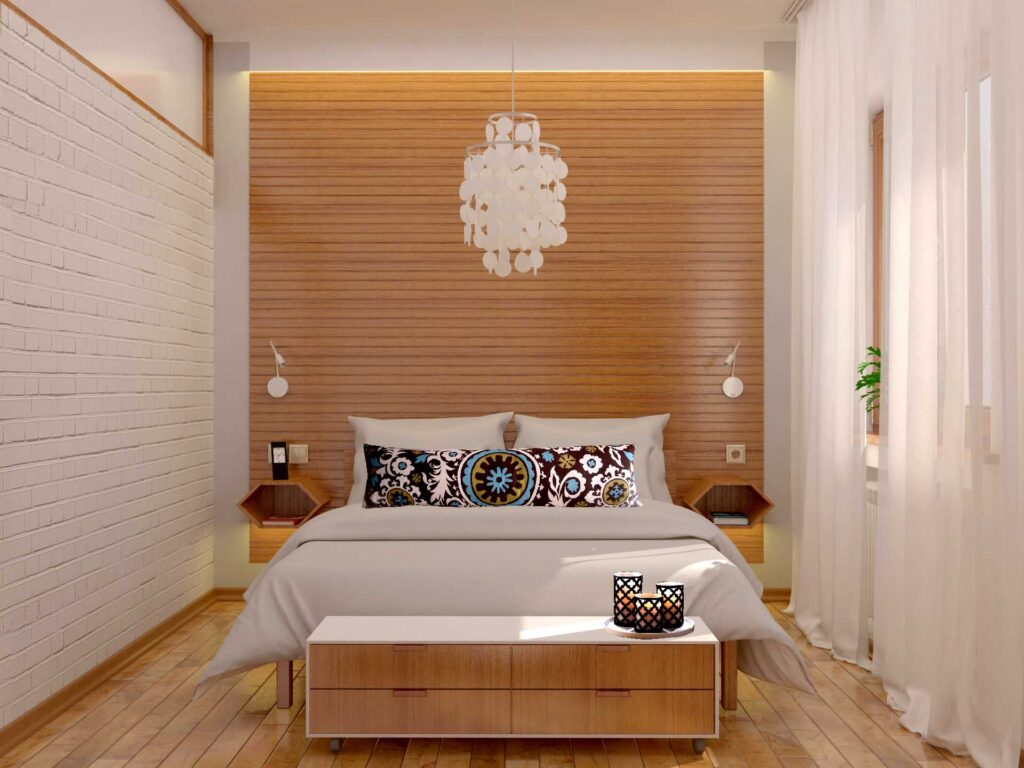
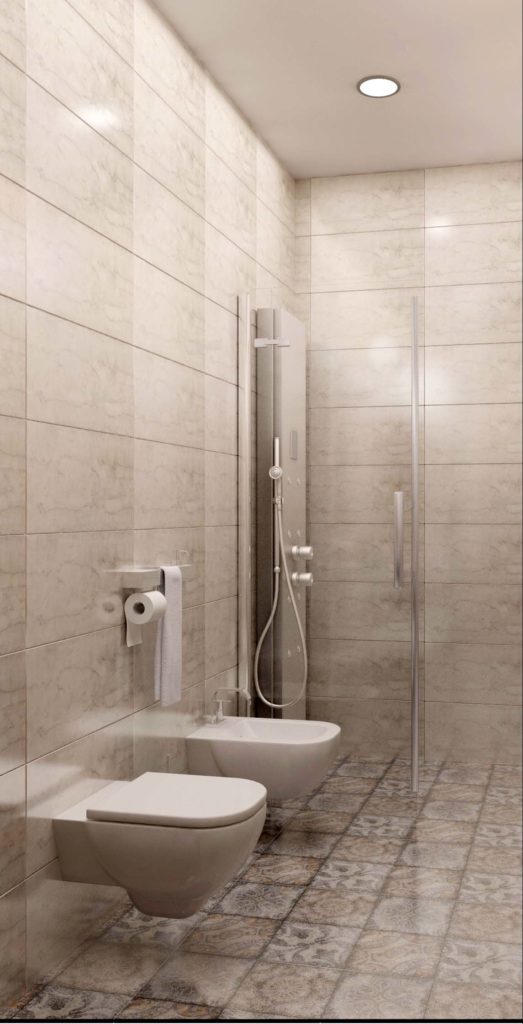
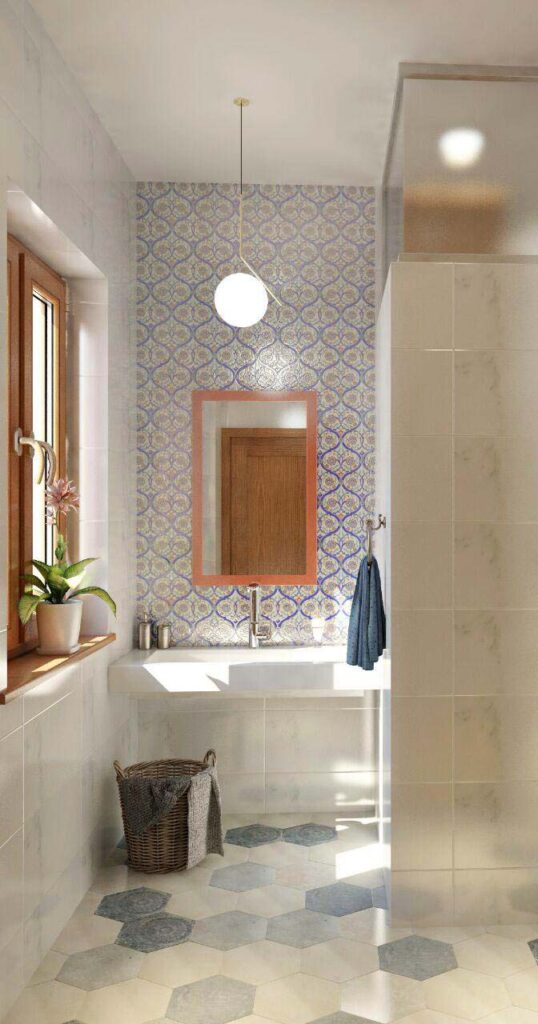
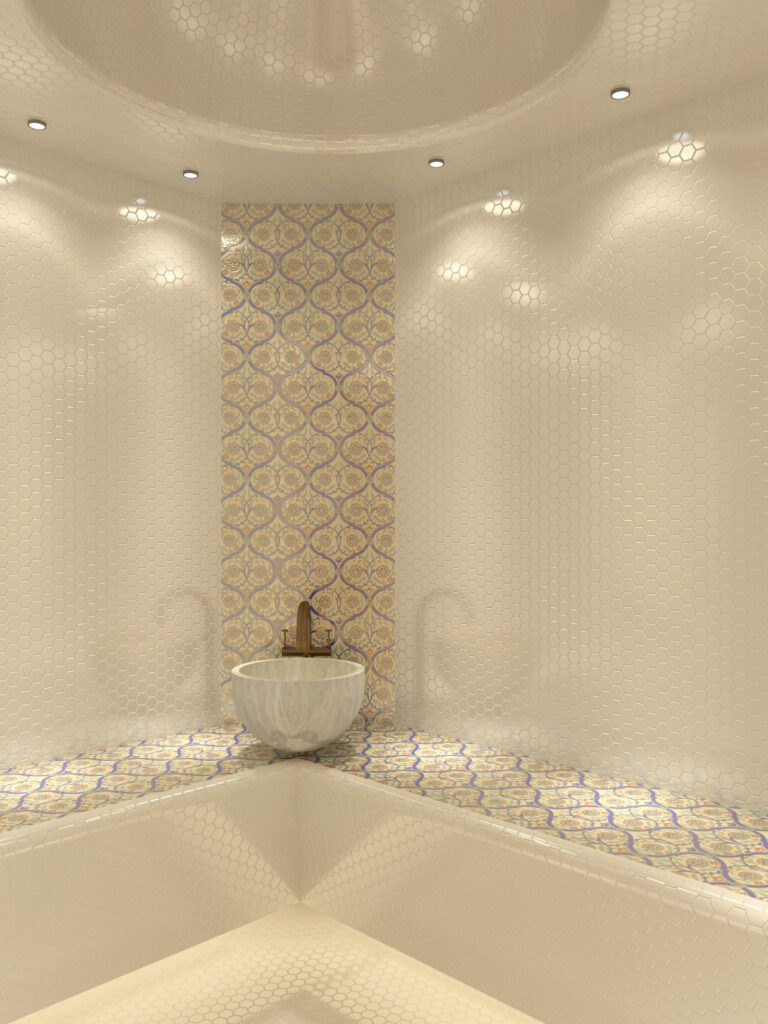
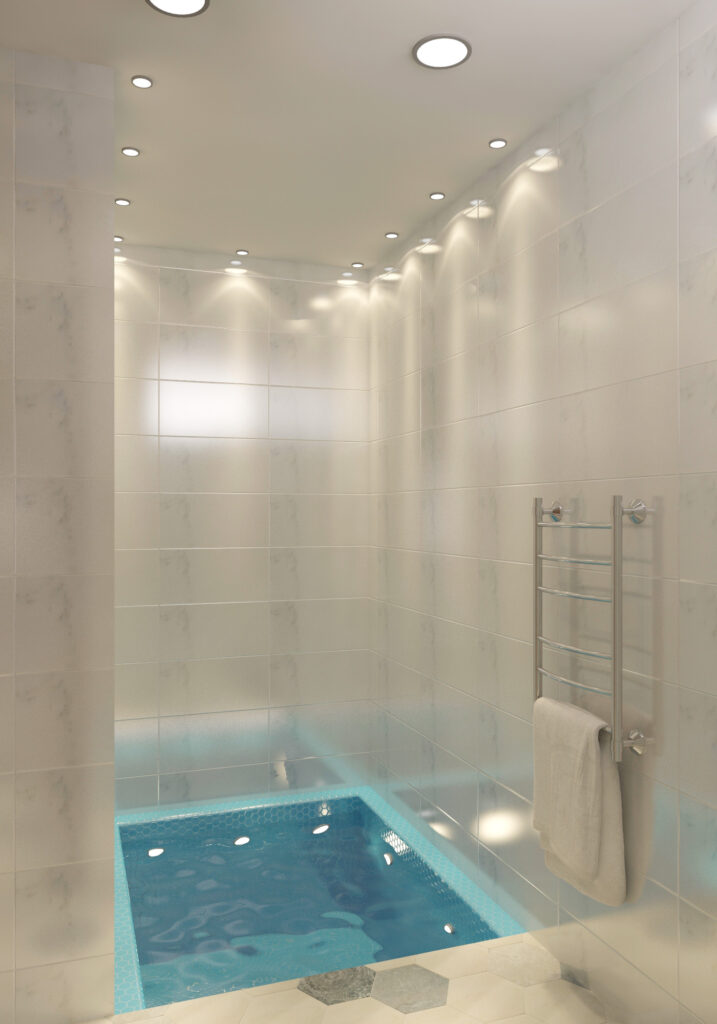
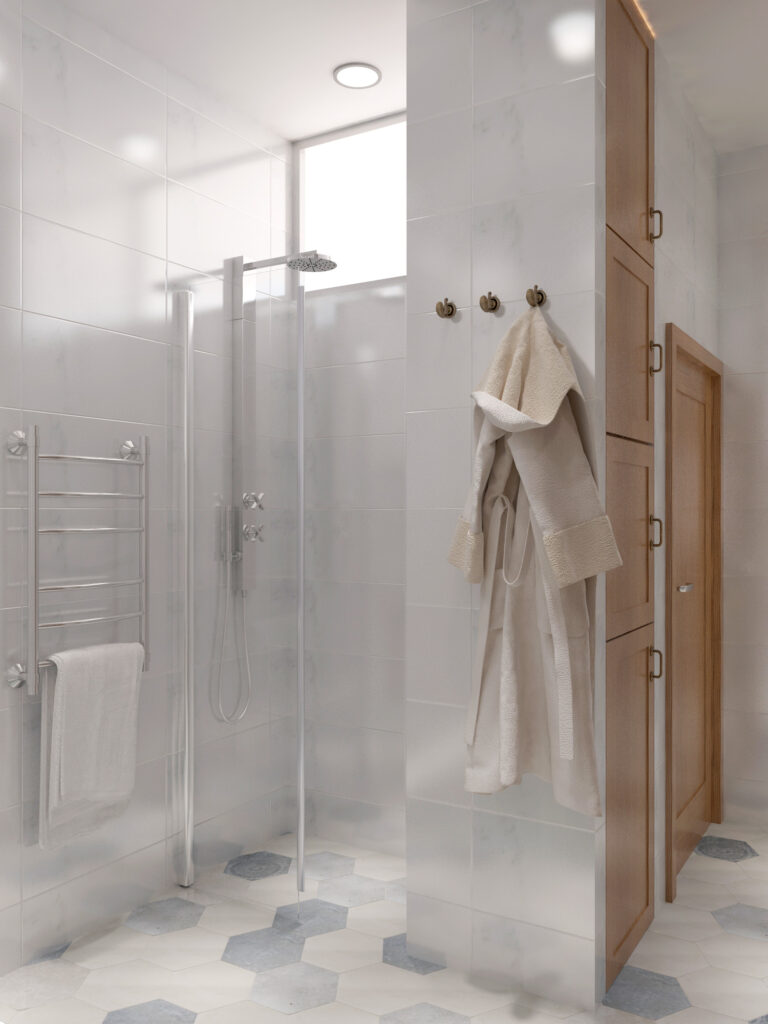

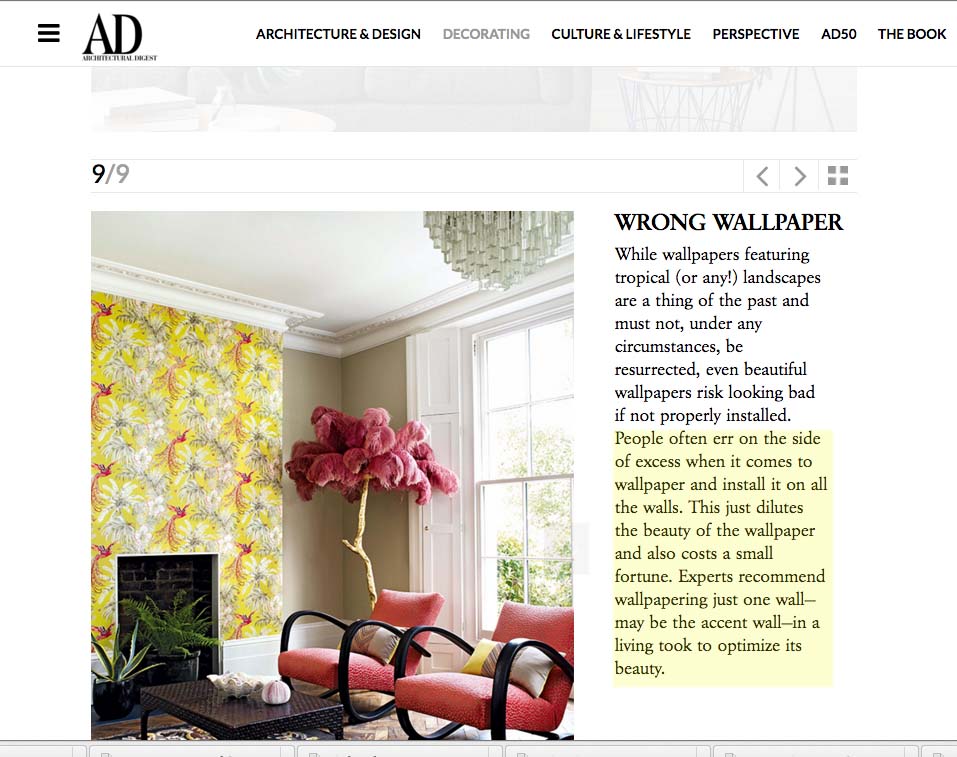
















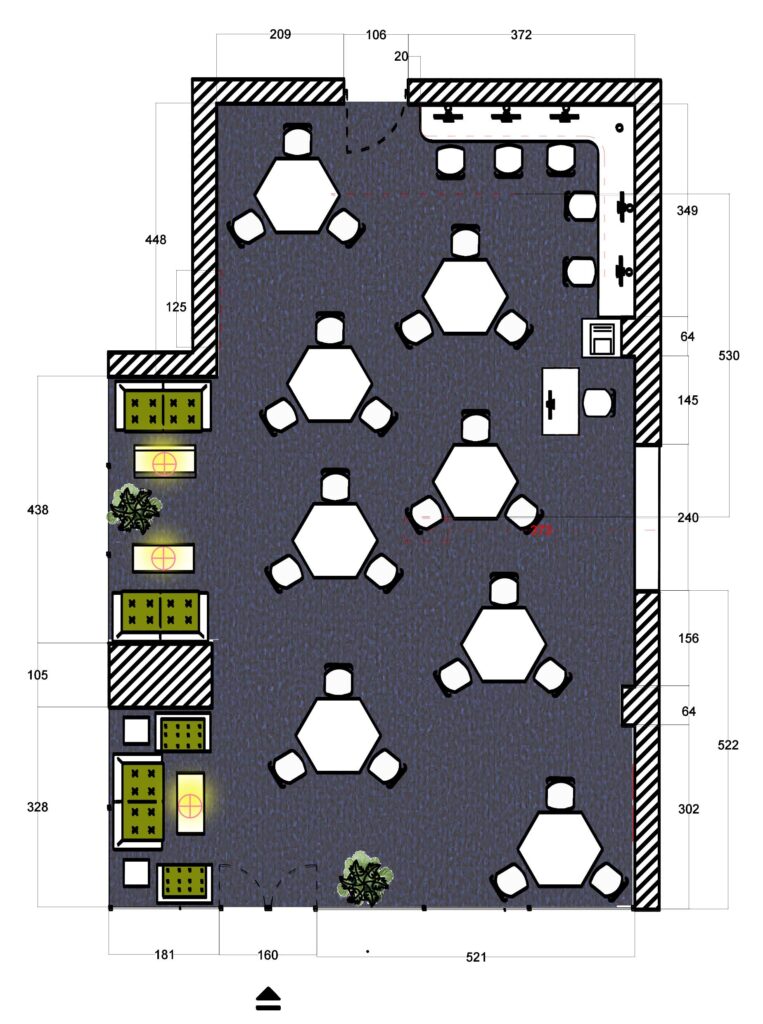
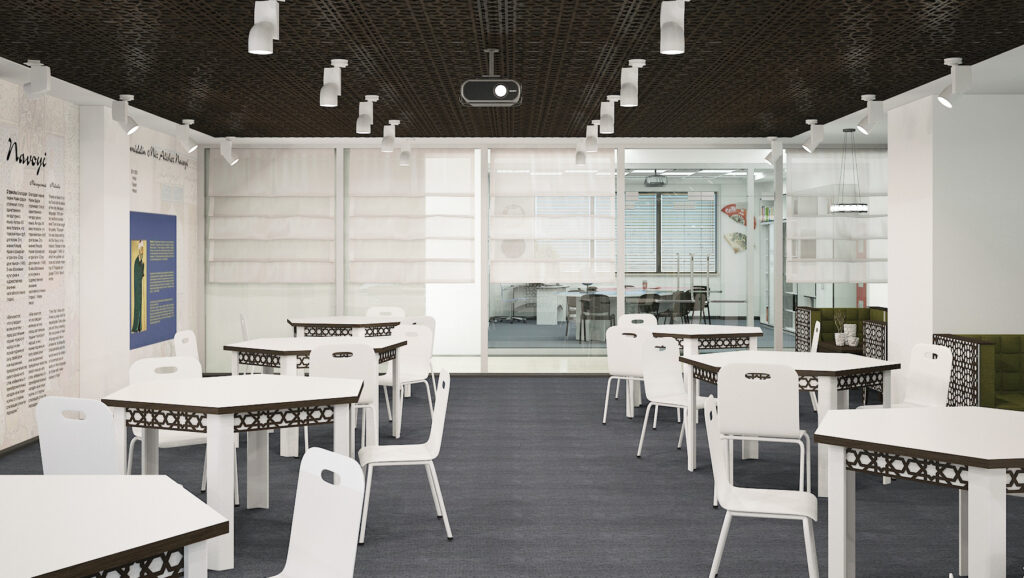
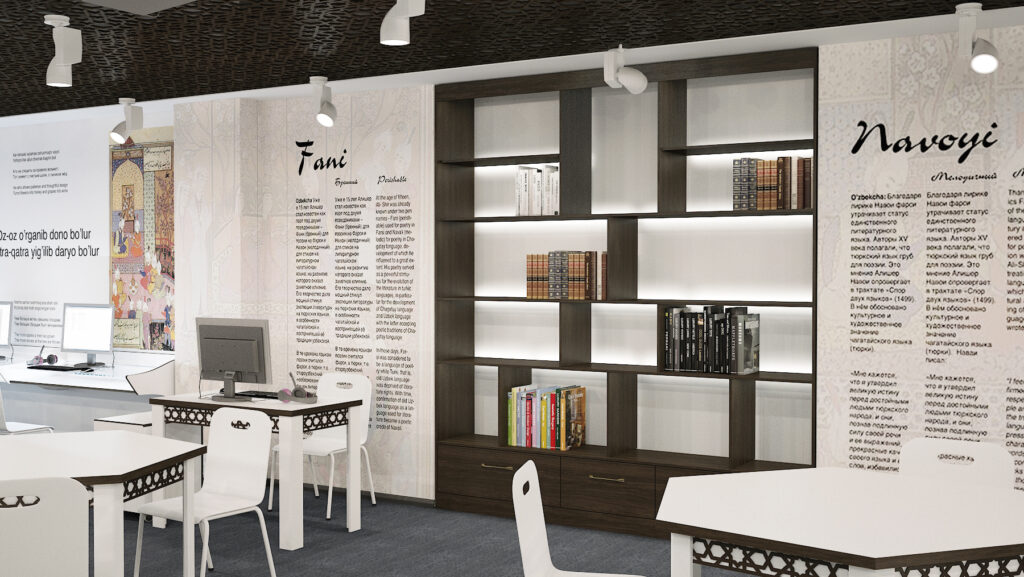

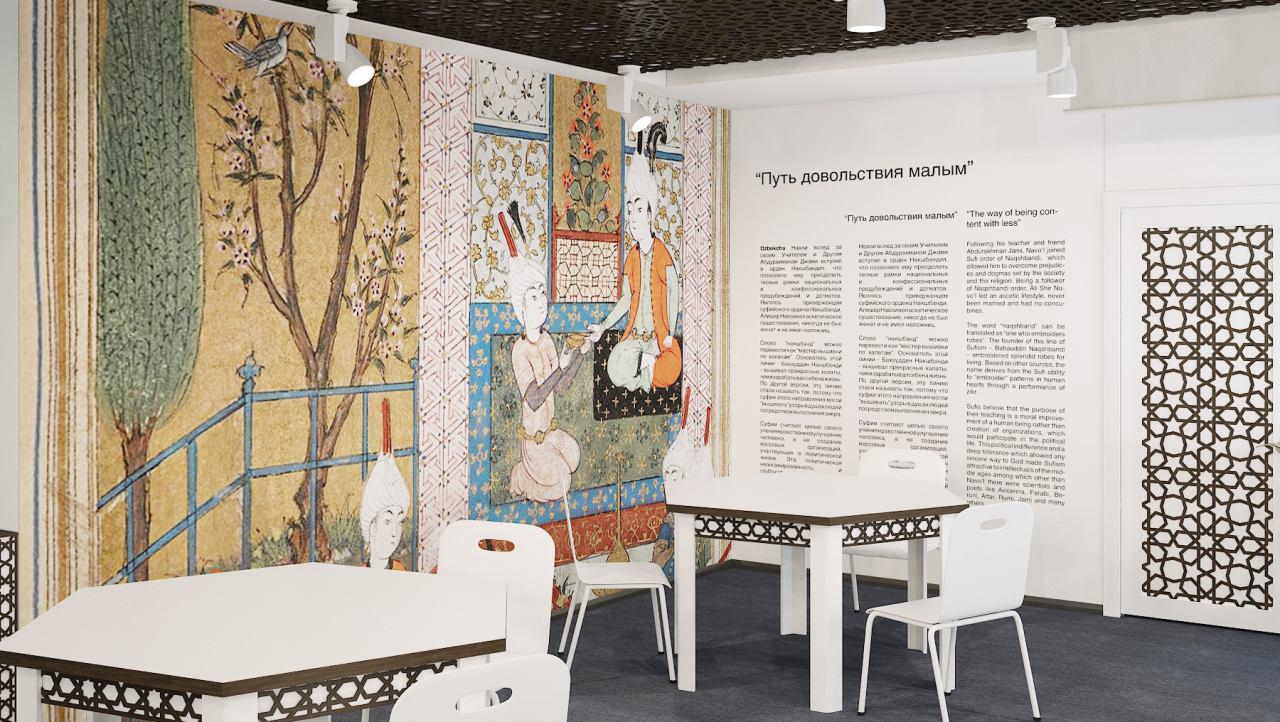
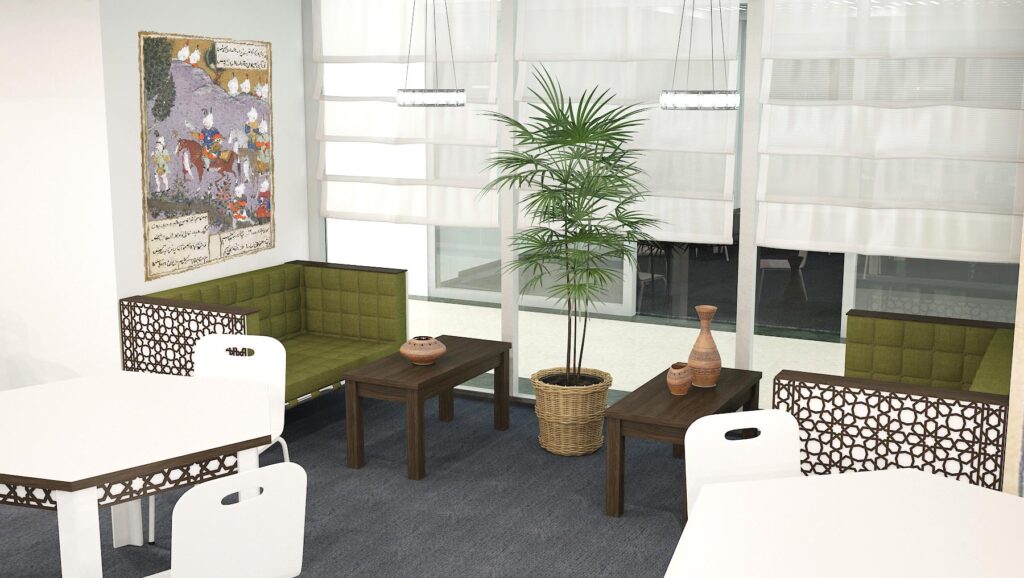





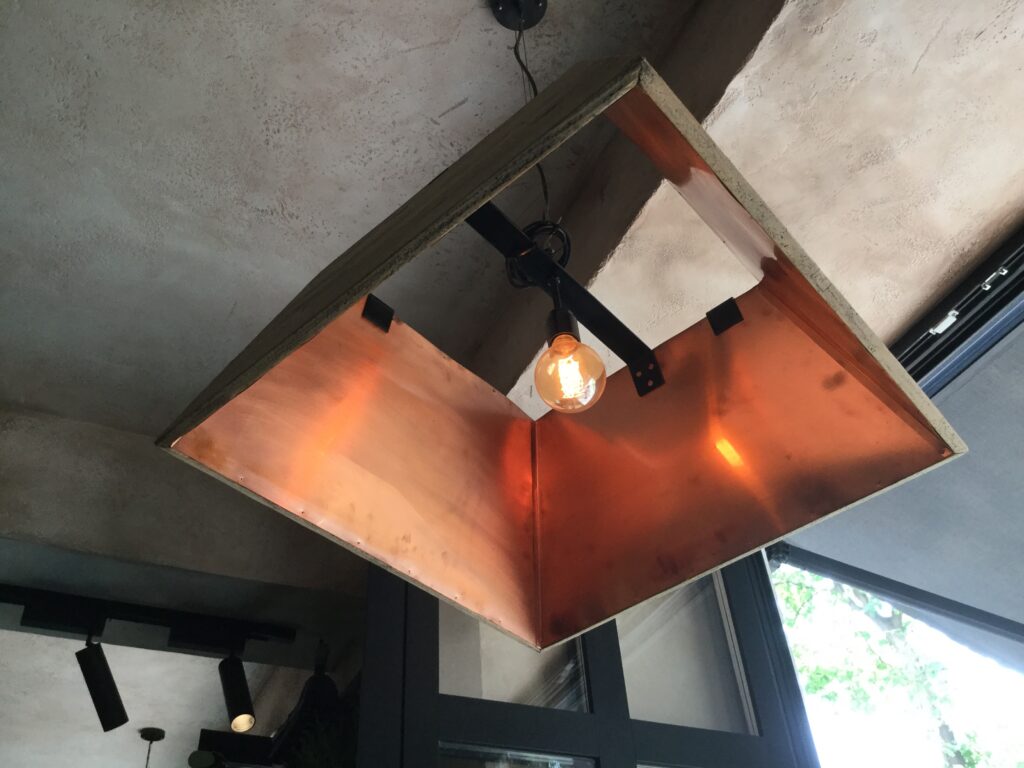



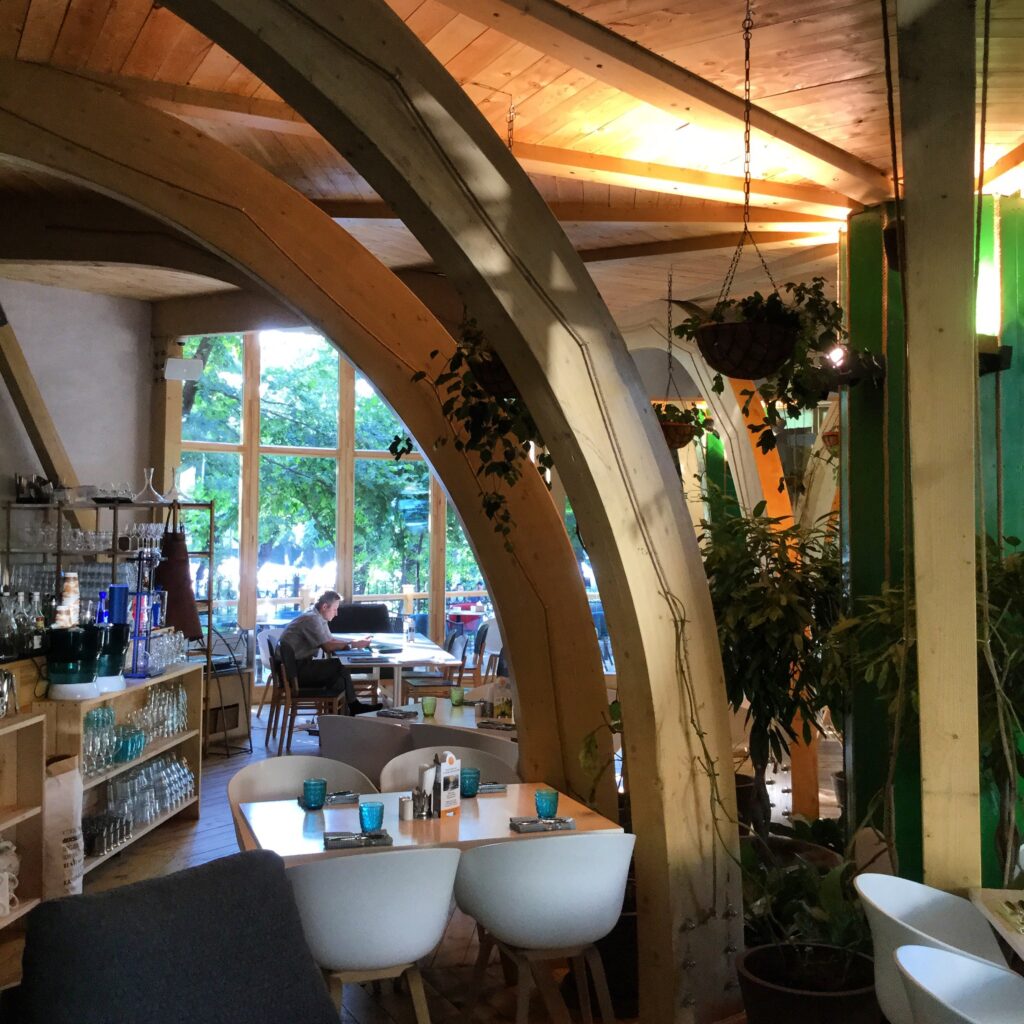

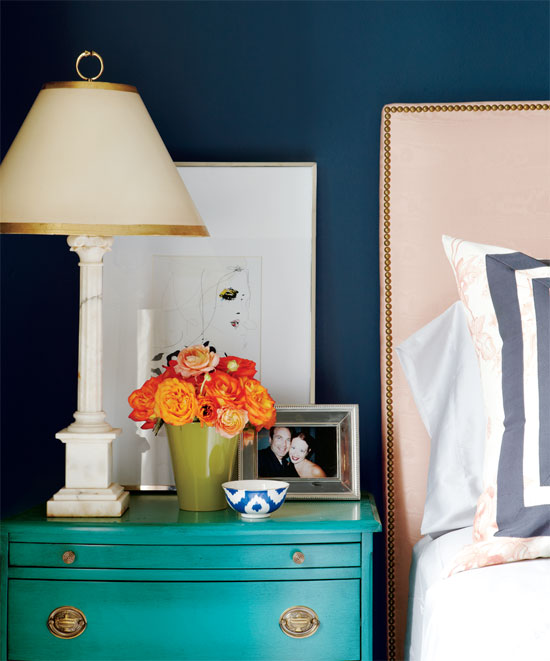
 Image courtesy by astonishingsecrets
Image courtesy by astonishingsecrets